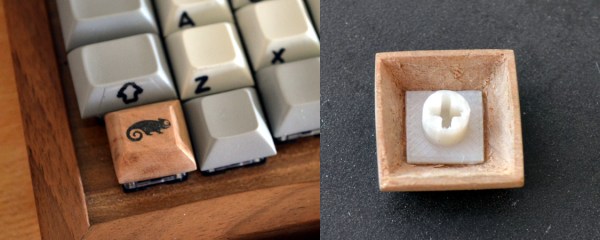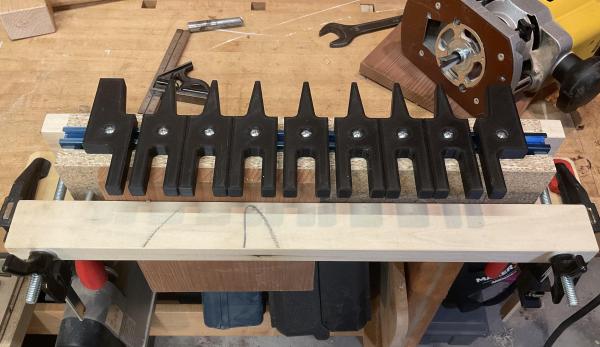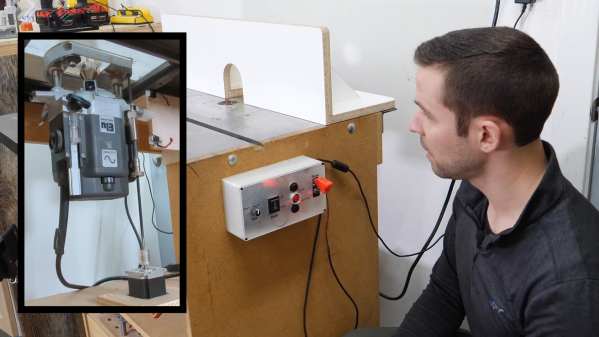“From scratch” is a bit of a murky expression. How scratchy does it get? Are you just baking your bread yourself or are you growing your own wheat? Rolling your own solar installation probably doesn’t involve manufacturing your own photovoltaic cells. But when it comes to making the frame to hold your panels, why not machine your own brackets and harvest the wood from trees nearby?. That’s what [Kris Harbour] did with his over-engineered 8.4kW solar stand.
He already had a wind turbine and a few solar panels elsewhere on the property, but [Kris] wanted a bit more power. At the start of the video, [Kris] makes an offhand comment that he wants this to last 30-40 years at a minimum. Everything from the focus on the concrete footings to the oversized brackets and beams reflects that. The brackets were cut on his plasma CNC and the wood was cut to rough dimensions using a sawmill on his property. He admits that the sapwood will rot away a bit after 20ish years, but since the core of the posts is heartwood, structurally they’ll last a long time. After planing down to the right size, cutting hole and grooves was a bit of an involved procedure. The structure is quite tall once erected and we loved watching it come together. The most impressive thing here is that this structure was put together by just a single person. All the rafters were cut and hand-chiseled to the right sizes and hoisted into place. The panels ultimately weren’t delivered on time and he had to switch to using new panels rather than the used panels he was expecting.
Previously, [Kris] had shown off his impressive hydroelectric setup. We’re looking forward to seeing the new solar array power all the projects [Kris] is planning in the future. Video after the break.


















